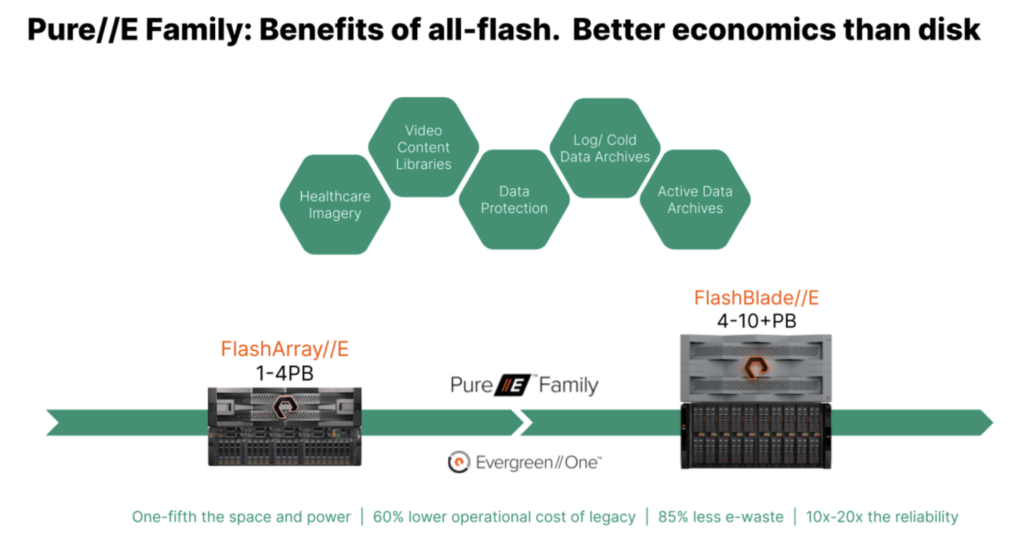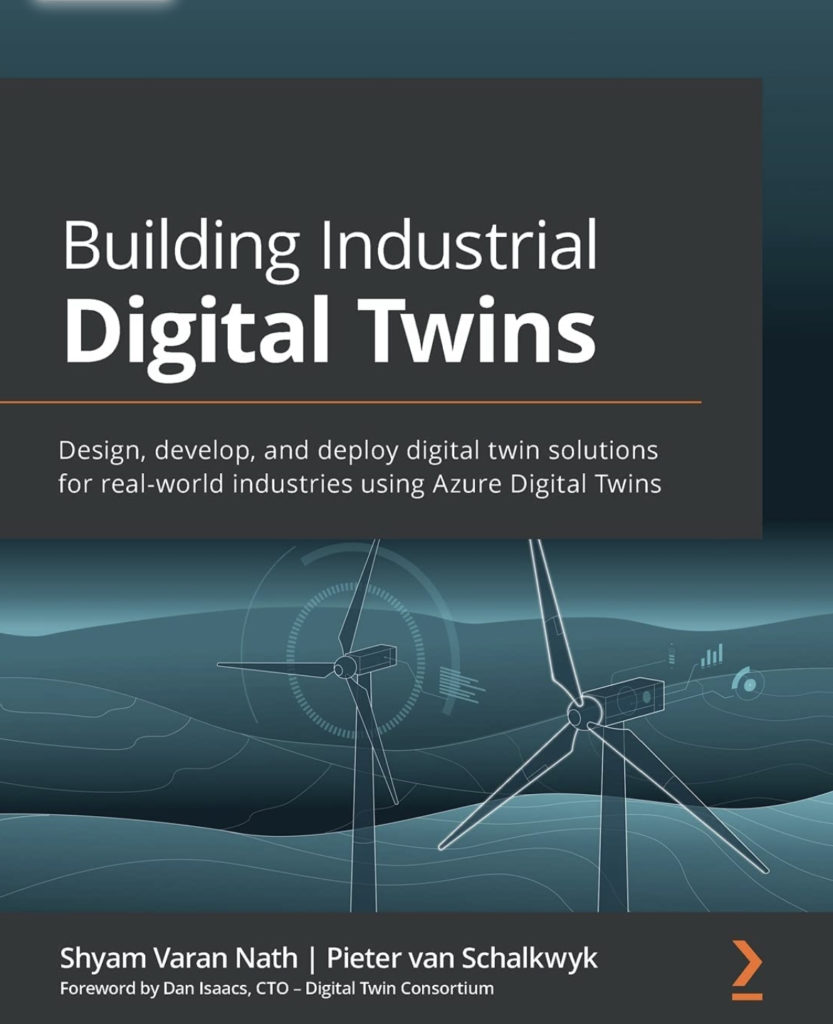On-prem data sources have the powerful advantage (for design, development, and deployment of enterprise analytics applications) of low-latency data delivery. Low-latency data delivery is a system level requirement that is tied to a critical business user requirement: low-latency analytics product delivery! You cannot have the second without the first.
In my early days as a data systems manager at NASA, I learned this distinction: business requirements specify what must be delivered to provide value to end-users; and system requirements specify how the proposed system will accomplish the business requirements. In my early years as a scientist (doing my own research on my own computer), I cared little about the “system” and more about the end-results. As I progressed in my career into management roles for enterprise data systems, I gained a deeper understanding and appreciation of the synergies and interdependencies between system and user requirements.
The criticality of these synergies becomes obvious when we recognize analytics as the products (the outputs and deliverables) of the data science and machine learning activities that are applied to enterprise data (the inputs). Low-latency data access and data delivery (system requirements) are necessary for low-latency delivery of analytics products (business user requirement).
Before you continue reading this article, you may wish to see some special categories of analytics products in this article: “Three Emerging Analytics Products Derived from Value-driven Data Innovation and Insights Discovery in the Enterprise.”
[continue reading the full article here]




